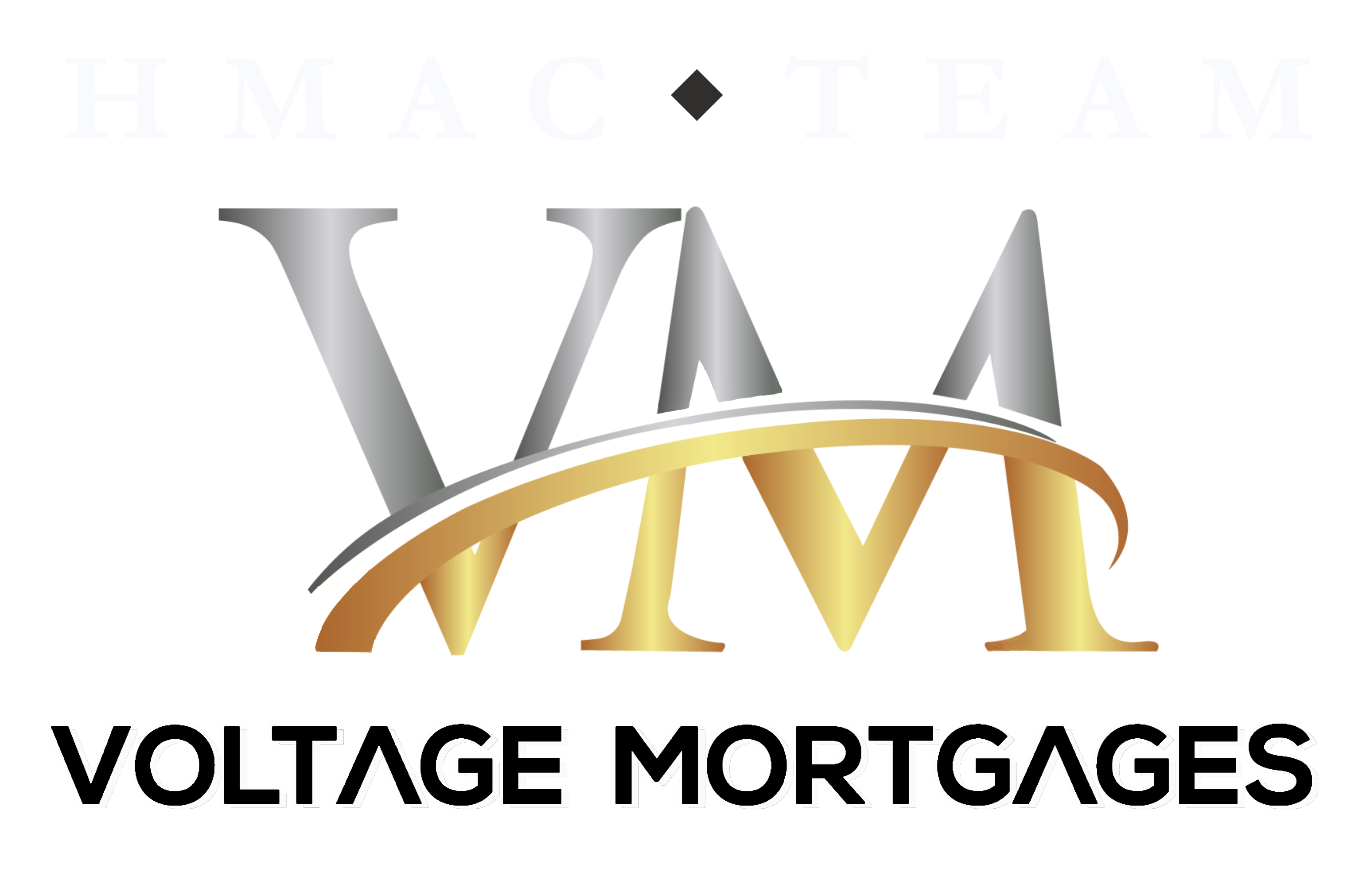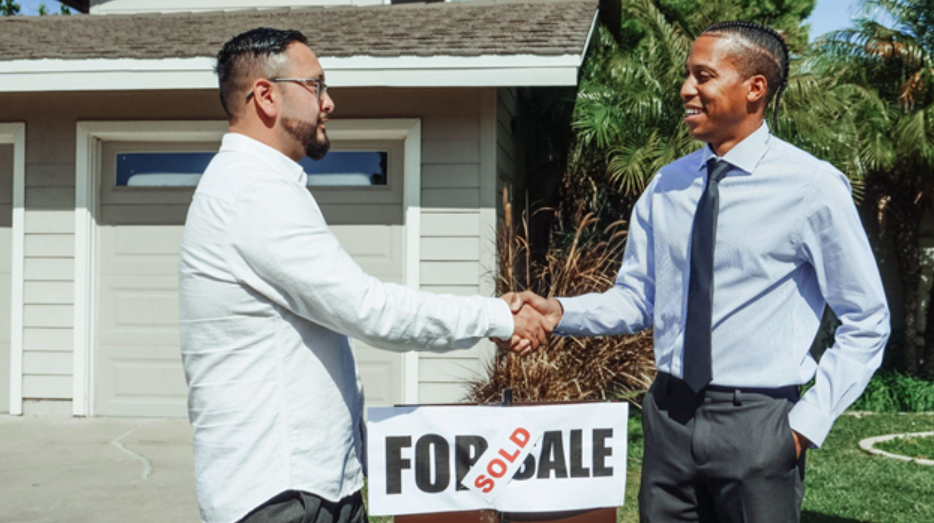Homeownership is a big part of the American dream. Practically every person in this country is willing to work hard for years to access the credit they need to buy their dream house.
For many Americans, however, this is easier said than done. Potential buyers have to face different challenges, including a lack of access to financial resources and decades of discrimination. And a big part of that discrimination has to do with a lack of diversity on the part of mortgage lenders.
Buying a House in America Can Be Challenging
Buying a house is not as easy as it used to be. Today, prospective homeowners have to deal with what seems like a host of different challenges. However, the biggest obstacle they have to face by far is getting a mortgage approved.
Though millennials and Gen Z are growing older and now have an interest in homeownership, the odds seem to be stacked against them. Many Americans in this generation are currently paying off student loans, affecting their credit and access to mortgage loans
According to the National Association of Realtors, 50% of homebuyers 36 or younger had to wait until their student debt was paid or reduced. Inflated prices and elevated down payments also make purchasing a home difficult, but these are by far not the only obstacles
The Racial Gap in Homeownership
Homeownership in the U.S. isn’t an equal playing field. According to the Association of Independent Mortgage Experts, 72% of white Americans are homeowners but in the case of black Americans, the number reduces to 41%, with discriminatory loan practices as the probable main cause.
For years banks refused to give loans to people from low-income areas inhabited by minorities, marking them as high risk. The redlining practice meant that many creditworthy borrowers were refused loans to improve or buy a house. This limited housing options for many American minorities, particularly black Americans.
Using Diversity to Fight Discrimination
Redlining has since been declared illegal, but this doesn’t mean discriminatory practices have ended. Only 10% of professionals working in financial positions are black, which means the great majority of lenders may not be able to properly assess the creditworthiness of people from this minority group.
One way to reduce the homeownership gap is by having more financial positions filled by people that belong to minorities, eliminating racial bias. HMAC Team Voltage Mortgages, for example, is owned and directed by a black woman, Jackie Braden, who focuses on ensuring that young people understand the different mortgage programs and lending alternatives available.
True progress can only come from diversity on a structural level though. It’s essential to have someone with a background or training in HR management that understands the benefits of affirmative action in recruitment and talent management. Studies have shown, for example, that increasing the number of women and racial minorities fosters innovation.
The Future of Mortgage Lending
Redlining might be illegal now, but its effects are still being felt. People belonging to ethnic or racial minorities have less access to credit and financial resources for homeownership, and those who do have to face discriminatory practices on other levels.
Nevertheless, as more companies begin to implement diversity practices in their hiring, we may soon be seeing a real shift toward inclusive lending. With time, the mortgage lending industry may hopefully reflect the diverse America that we live in.
Post solely for the use of voltagemortgages.com
By Simona Gregory

